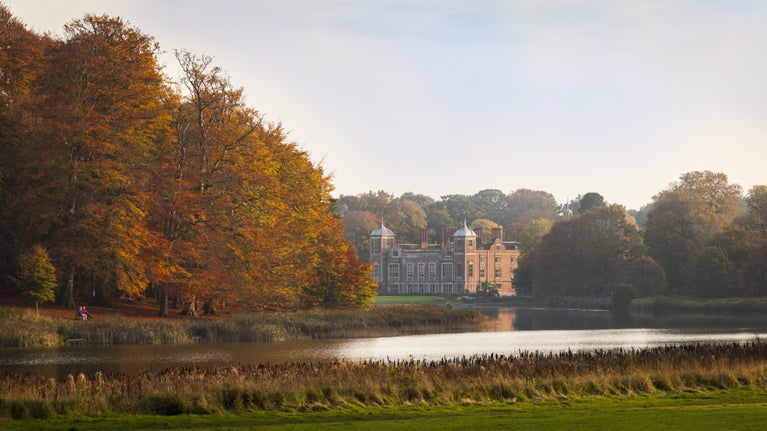
For everyone, for ever
We protect and care for places so people and nature can thrive. Find out who we are and what we stand for.

Once-common wildlife – like lapwing and mountain hare – are now rare and under threat as a result of habitat degradation and intensive farming practices. Our rangers are working with farmers to create nature habitats and help struggling birds, butterflies and wildflowers across the country.



We protect and care for places so people and nature can thrive. Find out who we are and what we stand for.
Discover how we work to support a rich variety of land, nature and wildlife across England, Wales and Northern Ireland.

Discover how we’re helping increase butterfly populations through habitat management and monitoring, and learn about the rare species we’re bringing back from the brink.

Find out how we're helping to ensure that these endearing animals continue to be a feature of Britain's rivers and lakes for generations to come.

Find out how we're working with farmers to investigate new, practical ways of improving farming methods to benefit farmers, nature and the environment.

Discover more about the Stepping Stones project, working with partner organisations to create, manage and connect habitats to support nature in the Shropshire Hills.